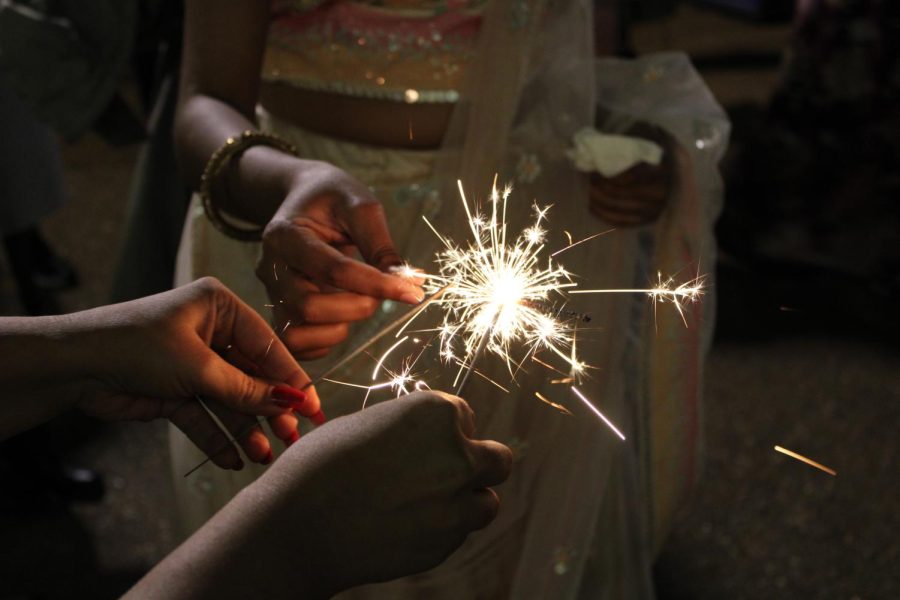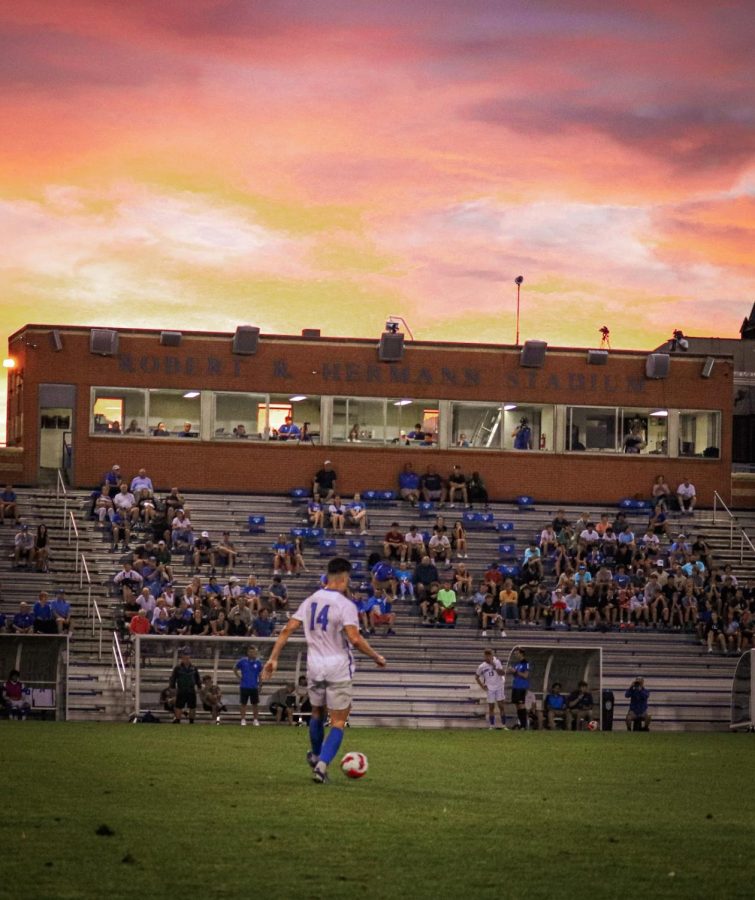Headed to the Soulard neighborhood to celebrate Mardi Gras, St. Louis-style? This year, Soulard will again be a site of feasting, libations and merriment. You may already know that St. Louis puts on a huge celebration that is said to rank just under Carnival New Orleans. But where did Mardi Gras come from? How did the religiously rooted pre-Lenten party come to be the way it is? Read on for some Mardi Gras history, and get an idea of what there really is to celebrate. Mardi Gras has become a popular excuse for participants to have a good time and go wild. But the party owes its start to the Christian calendar, which marks Mardi Gras, French for “Fat Tuesday,” as the last day of a period of indulging before 40 days of fasting and abstinence for Lent, which begins on Ash Wednesday. Mardi Gras celebrations are rooted in early Roman times, when participants preceded a similar Lenten season of fasting with a period of feasting and celebration.While the most popular Mardi Gras festivities now occur closer to Mardi Gras itself, Christians traditionally began their celebration season, known as Carnival, 12 days after Christmas, on Jan. 6, a date known to Christians as the Epiphany. The “Carnival” calls up Christian images, as it comes from the Latin words Carne Vale, meaning “farewell to the flesh.”On the Epiphany, early celebrants often enjoyed King’s cake, the sweet bread dessert now commonly served around Mardi Gras. Some say that King’s cake was originally shaped as a circle to represent the circular routes that the three wise men took to find the baby Jesus. Bakers traditionally bake tiny baby dolls-representative of the infant Jesus-into the cakes for people to find. The tradition of throwing and catching beads is also religiously rooted; the beads are representative of the gifts that the three wise men bestowed upon Jesus.The first Mardi Gras celebration in America took place in 1699, when French explorer Pierre Le Moyne d’Iberville established Point du Mardi Gras at the mouth of the Mississippi River. A few years later and 60 miles north, Le Moyne’s brother Jean-Baptiste founded New Orleans, which became well known for its grand Mardi Gras celebrations. As the Mardi Gras tradition in New Orleans grew, celebrants formed groups called “Krewes” to plan and execute the masquerade balls, parties and parades that are now associated with the Carnival festivities all over the United States. In 1872, the Krewe’s King of the Carnival festivities gave Mardi Gras its official colors: purple, gold and green, signifying justice, power and faith, respectively.Why the Soulard celebration? According to Ann Chance, the Special Events Manager at the Downtown St. Louis Partnership, Soulard resident Hillary Clements started the St. Louis Mardi Gras tradition when he and five of his friends decided to have a private party to “brighten up the winter scene.” About 100 guests gathered at Clements’ house on Russell Boulevard Mardi Gras night, then paraded down Russell Boulevard to McGurks, which was a small pub at the time. McGurks turned the party away, and they paraded back home.As Soulard and the celebration grew, the Soulard Business Association took over management of Mardi Gras and, with Chance as the chairman, ran it until 1999. “I took it from a small neighborhood event to be what it is today,” she said. Eventually, the planning of Soulard’s Mardi Gras events grew to be “a full-time job, and more so.” “It got to the point where I had started planning the next year’s [Mardi Gras celebration] before that year’s was over.” In 2000, a not-for-profit organization called Mardi Gras Inc. formed to take over planning for the annual Fat Tuesday events. The Soulard festivities have expanded to include food tastings, a pet parade and a mayor’s ball among other events, “all of which has spread out to be a two or three week celebration,” Chance said. The St. Louis celebration ranks “second outside of the Gulf Coast region,” among the largest of its kind in the nation. So, feast and make merry, for Wednesday is but hours away.
Categories:
Mardi Gras’ history and its life in St. Louis
Leah Lavelle
•
February 24, 2006
1
1
Donate to The University News
$2085
$5000
Contributed
Our Goal
Your donation will support the student journalists of Saint Louis University.








diane brown • Jan 29, 2014 at 8:01 am
I am doing a research in school what has been around St Louis 250 years, can you please tell me how long has mardi gras been around or anything else that I can search to find out or send me any litature to my house at;
diane brown
133 reasor dr
st Louis, mo 63135